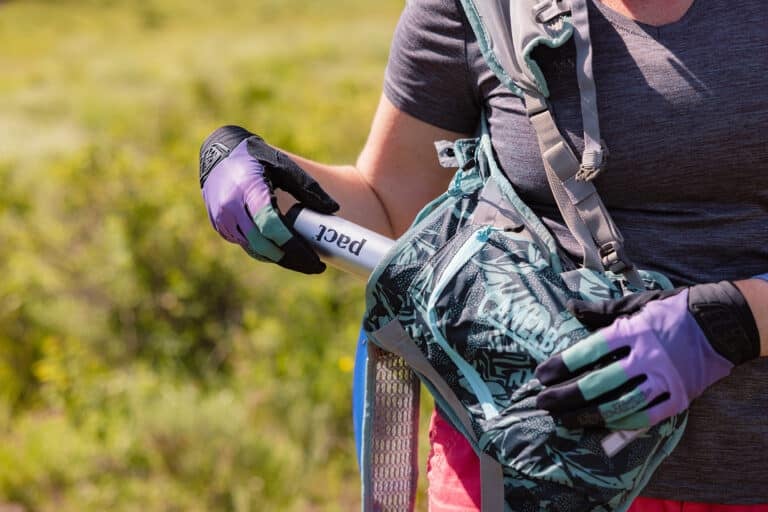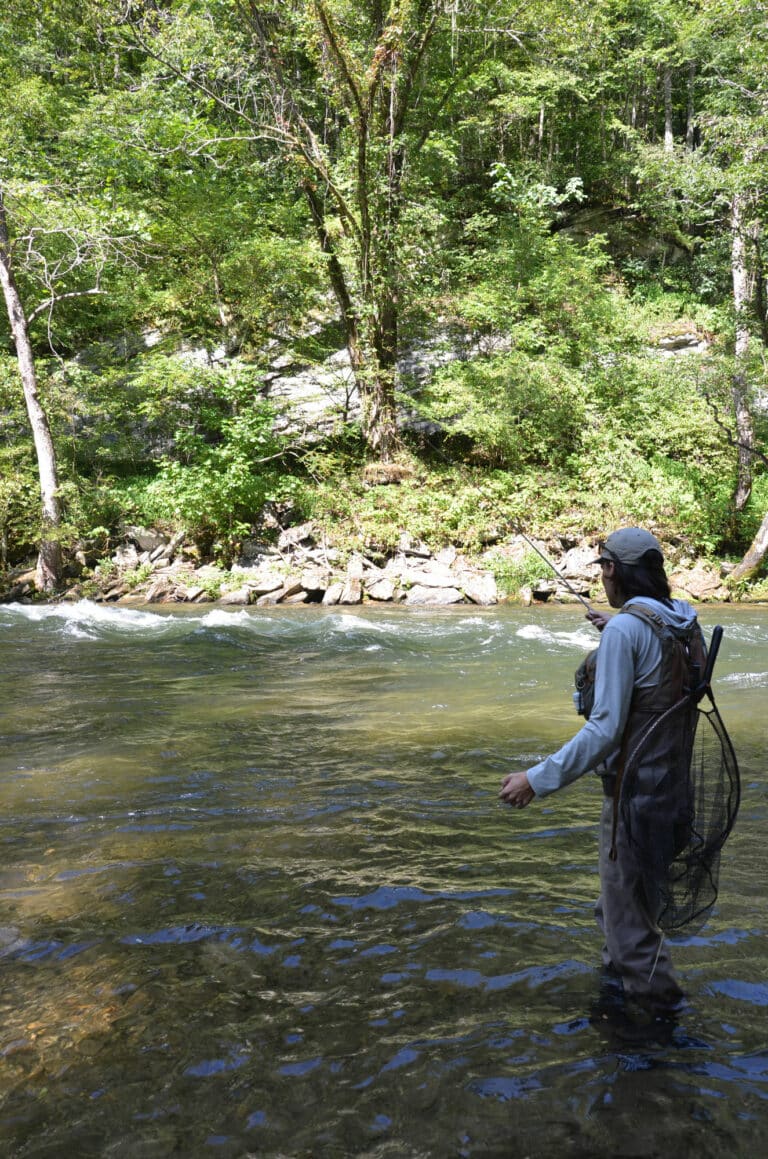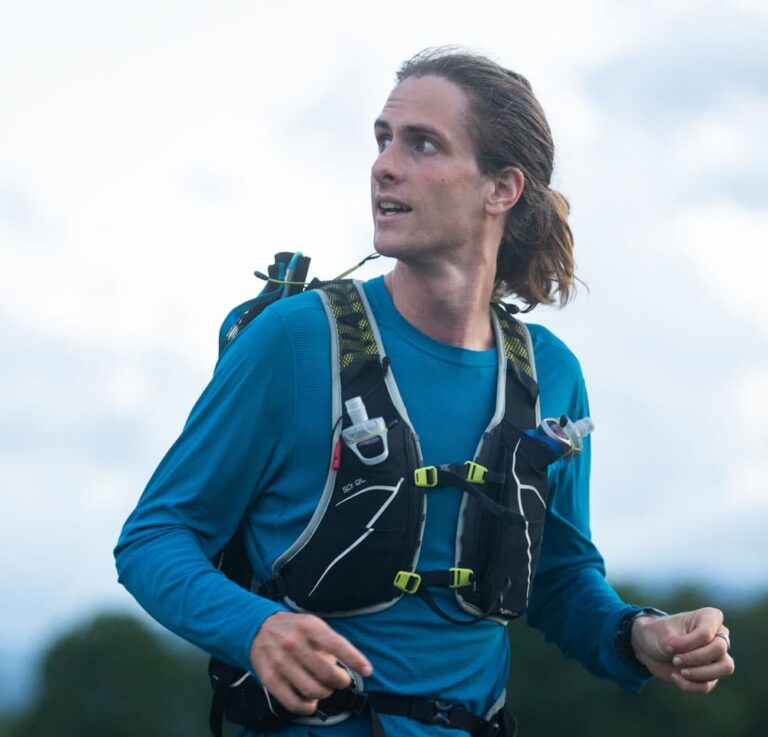Gustav, Hanna, and Ike—while millions of people were dodging these recent hurricanes, Michael Black was flying straight into the eyes of these storms. The research meteorologist works for the National Oceanic and Atmospheric Administration, and he braves the rough winds of massive storms to collect data that satellites just can’t provide. Over the past 22 years he’s flown into over 400 hurricanes, including Katrina and this season’s recent powerhouses.
BRO: How do you fly into the storm?
MB: Instead of flying with the nose pointed right at the eye, we fly sideways into the storm, because of the strong winds blowing across. We do all kinds of complex flight patterns, especially when the storm is making landfall. Sometimes we will circle around in the eye, because it helps us figure out how a storm changes in intensity.
BRO: Is it true that the eye of a hurricane is actually the calmest part?
MB: You can get high winds in the eye. The winds are usually a lot calmer than just beyond the eye wall, but it’s not true that the eye is always calm.
BRO: What kind of plane do you fly?
MB: Orion P3 turbo-propeller planes. They were originally built by the Navy for submarine surveillance, so they’re meant to fly low and over the ocean. Turboprops are better for this work, because pilots can control them better than jets. And they’re slower, which is better for gathering information.
BRO: Ever have any close calls?
MB: I was on a flight in 2003 through Hurricane Isabel. It was a category five, and we were east of the Caribbean Islands doing some very low flying, as low as 200 feet. We wanted to get some more information about the interface between the ocean and the atmosphere. There was an incredible amount of salt coating the instrument ports and the aircraft. When we climbed back up into the eye, one of the engines flamed out. We made it back to base, but the disturbing part was that we did some throttle tests on the ground, and suddenly the other three engines flamed out. We were lucky that we didn’t lose those engines in the air.
BRO: How is flying into the middle of the storm useful for research?
MB: It’s the only way we can get to the heart of the storm and measure certain parameters that we can’t get otherwise. We can get a detailed structure of the storm with Doppler radar aboard the aircraft. It’s like getting a CAT scan of the storm, which you can’t get any other way. Satellites are getting better, but they can’t pierce through all of the cloud layers.
BRO: Do you still get nervous after all these years?
MB: Pretty much every time—especially at the beginning of every season. I always get that adrenaline rush, because I don’t know what’s coming. The plane is bouncing around and people are getting sick. You never know what Mother Nature is going to throw at you.









